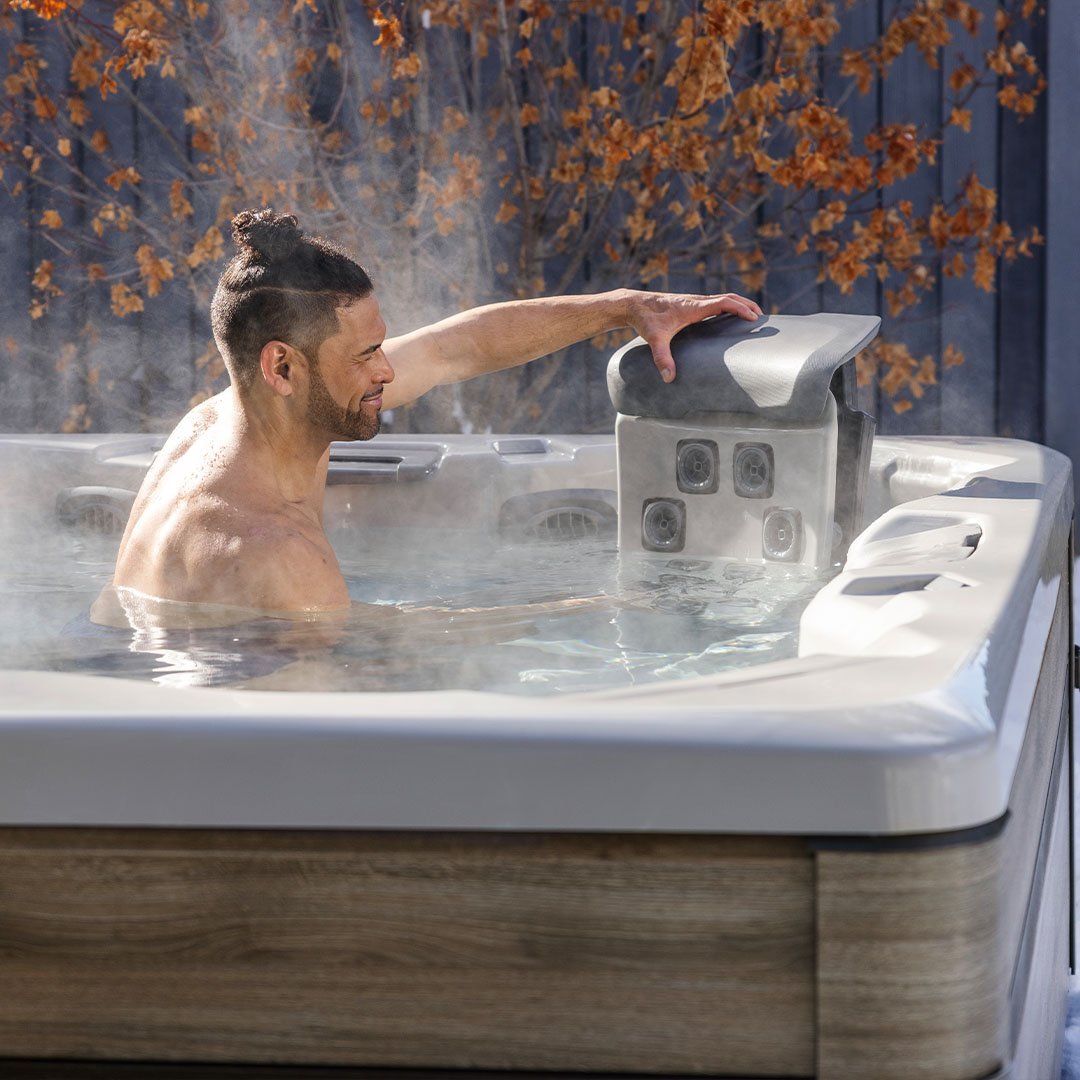Mastering Calcium Hardness in Your Hot Tub: The Ultimate Guide
Maintaining the right chemical balance in your hot tub is essential for ensuring its longevity and your comfort. One of the critical components of this balance is calcium hardness. Proper management of calcium hardness can prevent common problems such as scale buildup and corrosion, which could otherwise lead to costly repairs. This comprehensive guide will explore everything you need to know about managing calcium hardness in your hot tub, from understanding its importance to detailed steps for adjustment.
What is Calcium Hardness?
Calcium hardness refers to the level of calcium ions present in your hot tub water. It is a measure of how hard or soft your water is. Hard water contains high levels of calcium and magnesium, while soft water has fewer mineral deposits. The right balance of calcium hardness is crucial because it impacts the water's overall chemical balance and affects the structural integrity of the spa.
Why is Calcium Hardness Important?
- Equipment Longevity: Proper calcium levels prevent the water from becoming corrosive or overly saturated with minerals, both of which can damage your hot tub’s components.
- Water Clarity and Quality: Balanced calcium hardness keeps the water clear and prevents the cloudiness often caused by imbalanced mineral levels.
- Bather Comfort: Correct calcium levels ensure that the water feels pleasant and does not irritate the skin or eyes of bathers.
Ideal Calcium Hardness Levels
The ideal range for calcium hardness in hot tubs is generally between 150 ppm to 250 ppm. If you are using a saltwater system, the recommended range might be slightly lower to prevent scale formation on the salt cell.
How to Test for Calcium Hardness
Regular testing of your hot tub’s water is essential for maintaining an optimal chemical balance. Use calcium hardness test kits, which are available in strips or liquid titration kits. Follow these steps for accurate results:
- Collect a water sample from your hot tub.
- Apply the test reagent or dip the test strip.
- Compare the resulting color change to the provided chart to determine the calcium level.
Adjusting Calcium Hardness
-
Increasing Calcium Hardness:
- Use a calcium hardness increaser, typically calcium chloride. Add the recommended amount based on your water volume and current calcium level.
- Dissolve the calcium chloride in a bucket of hot tub water before adding it to distribute it evenly and prevent cloudiness.
-
Decreasing Calcium Hardness:
- Dilute your hot tub water by partially draining it and refilling with softer water.
- Use a flocculant to bind with the calcium, making it easier to filter out. This method is less common and should be used cautiously as it can affect other chemical levels.
- Use a bottle of metal remover to help reduce water hardness
- If you have a Hot Spring spa use vanishing act or a freshwater salt system startup kit to lower water hardness
Preventive Measures and Routine Care
To prevent future imbalances, consider the following tips:
- Regular Maintenance: Regularly check and adjust your water chemistry. This not only includes calcium hardness but also pH, alkalinity, and sanitizer levels.
- Water Softeners: If your local water supply is hard, consider installing a water softener for your home to manage calcium levels more easily.
- Professional Advice: When in doubt, consult with a professional. They can offer personalized advice based on your specific hot tub model and local water conditions.
Ensuring Optimal Hot Tub Health and User Experience
Understanding and managing calcium hardness is essential for maintaining the health of your hot tub and ensuring the best possible experience for its users. Regularly testing and adjusting your hot tub's calcium levels can prevent scale buildup, protect your equipment from corrosion, and enhance bather comfort. However, it’s important to remember that calcium hardness is just one aspect of hot tub maintenance.
Managing chlorine levels and other chemical balances is crucial, but comprehensive hot tub care involves much more. To keep your spa in top condition all year round, you need a complete maintenance routine that includes regular cleaning, filter changes, system checks, and maintaining water balance. For an in-depth exploration of these topics and more, please visit our comprehensive guide on Hot Tub Maintenance.
Frequently Asked Questions
How often should I test the calcium hardness in my hot tub?
It's recommended to test the calcium hardness in your hot tub at least once a month to ensure it remains within the ideal range of 150-250 ppm. However, if your hot tub is used frequently or if you notice changes in water clarity or feel, more frequent testing may be necessary. Keeping a regular testing schedule helps you maintain the perfect balance and prevent issues related to both high and low calcium levels.
What are the immediate steps I should take if I find the calcium hardness level is too high or too low?
If your calcium hardness level is too high, you can dilute the water by partially draining your hot tub and refilling it with softer water. Additionally, consider using a product designed to bind and filter out excess calcium. If the calcium level is too low, you can add a calcium hardness increaser, available as calcium chloride, to raise the levels to the desired range. Always ensure that any chemical additions are well-dissolved and distributed evenly across the hot tub by running the pumps after treatment.
Topics: Spas and Hot Tubs













